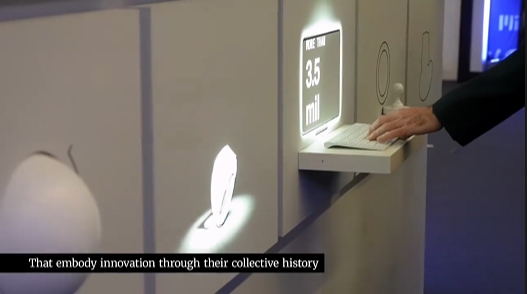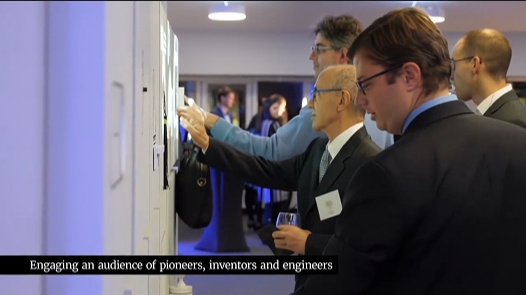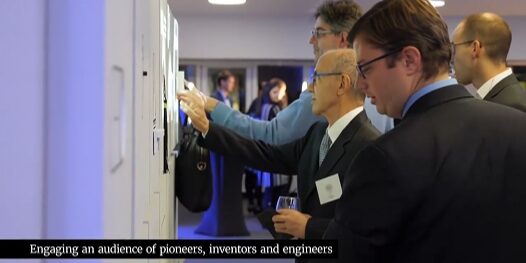Introduction
Exhibitions are no longer static displays—they’re evolving into interactive, immersive experiences. Thanks to advancements in LiDAR interactive projection, modern exhibition spaces can now captivate audiences like never before. Whether in museums, science centers, or art galleries, LiDAR technology brings content to life through gesture-based interaction, custom visuals, and real-time engagement.
This article explores how LiDAR interactive projection delivers stunning effects and transforms visitor experiences across diverse exhibition environments.

1. Immersive Interaction Through Gesture Recognition
LiDAR interactive projection detects visitors’ gestures and movements in real-time, enabling natural, touch-free interaction with projected content.
- A wave of the hand can trigger animations.
- Stepping into a marked zone can activate a video or quiz.
- Swiping can change scenes, switch images, or navigate information.
This creates a more immersive, engaging experience that draws visitors into the narrative of the exhibition, instead of passively observing.
Such interactivity significantly increases visitor satisfaction, making them feel like active participants in the exhibit.

2. Versatile and Customizable Display Formats
LiDAR interactive systems allow content to be projected onto walls, floors, or custom surfaces, enabling the creation of realistic virtual environments tailored to the exhibition theme.
- Science & Technology Exhibits: Display simulations of planets, chemical reactions, or mechanical systems with interactive explanations.
- Art Installations: Let visitors alter or “paint” digital artworks using gestures.
- Brand & Product Exhibitions: Present 3D interactive models or product breakdowns with motion-triggered insights.
This flexibility allows curators to deliver compelling stories and educational content that resonate deeply with diverse audiences.
3. Boosting Engagement and Learning in Educational Exhibits
In science museums, children’s centers, and history exhibitions, LiDAR interactive projection introduces an entirely new way to learn through doing.
- Touchless control encourages curiosity and safe exploration.
- Interactive challenges (e.g., assembling virtual fossils or navigating human anatomy) improve knowledge retention.
- Multisensory engagement—combining motion, visuals, and sometimes audio—makes the learning journey unforgettable.
When visitors can manipulate and explore the exhibit content themselves, their interest and understanding increase significantly.
4. Large-Area Interaction and Multi-User Support
LiDAR interactive projection is unaffected by ambient lighting and supports multi-point, multi-user interaction, making it perfect for:
- Large exhibition halls
- Thematic zones with different content clusters
- Group-based learning and activities
Through projection fusion technology, multiple projectors can work in tandem to create seamless large-scale interactive walls or floor installations, covering broad areas without visual or functional interruptions.
5. Enhancing the Visual Impact of Exhibition Themes
LiDAR isn’t just about interactivity—it’s also a powerful tool for thematic storytelling and atmosphere building.
By integrating with projection mapping, it can:
- Create dynamic backgrounds that react to movement.
- Reinforce the narrative of the exhibit through synchronized effects.
- Highlight key themes or historical moments through motion-triggered sequences.
The result is an exhibition that doesn’t just tell a story—it invites visitors to become part of it.
Conclusion
LiDAR interactive projection is revolutionizing how exhibitions engage and educate. With its touchless interactivity, customizable content, and scalable display capability, it adds both educational value and emotional depth to every exhibit. From museums and science centers to brand showcases and art installations, LiDAR projection is becoming a key innovation in modern multimedia exhibition design.
If you’re looking to elevate your exhibition experience, LiDAR interactive projection is the solution to watch.







